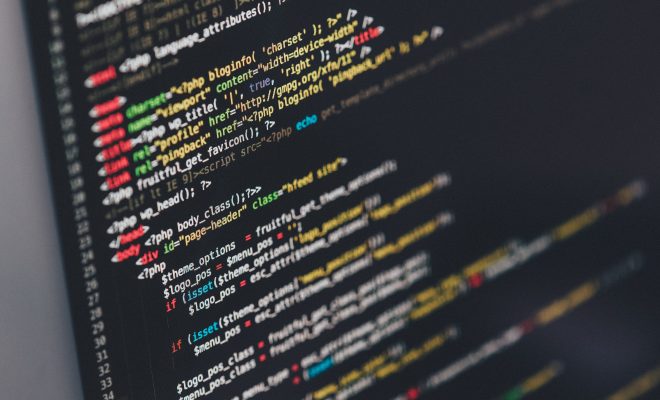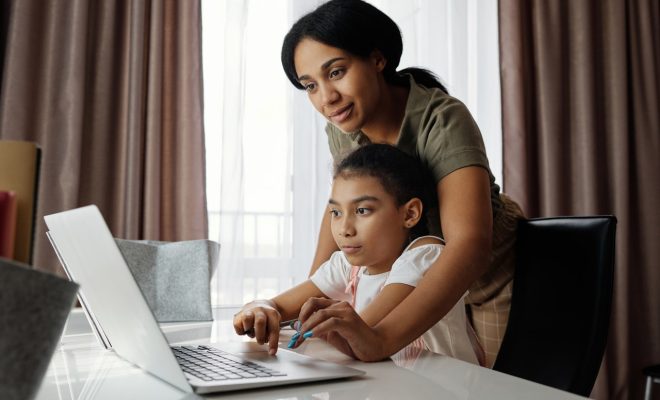4 Models of Blended Learning to Use in the Classroom

More and more educators are beginning to implement blended learning into their classrooms. This is because there are so many advantages and positive aspects that come with this style of education.
If you want to use blended learning in your classroom, you will need to decide how to incorporate tech into your lessons. This piece will examine 4 models of blended learning that you could consider for your classroom.
Rotation Model of Blended Learning
Learners will have to move between classroom-based learning modalities or stations in a rotation model of blended learning. The groups could involve learners working in pairs, individually, or with the educator.
For instance, one station could involve a section of the class being taught work by the educator. Another station could involve learners completing practice experiences on computers or tablets. The final station could involve the learners watching a video based on the work.
Flex Model of Blended Learning
This model is one of the most pricey methods as it involves many, if not all, learners in the class owning their own electronic devices. This enables the learners to complete all class experiences, homework assignments, and exams on the devices.
Educators can use online textbooks to teach lessons. They must communicate and go through the work with the learners. In other words, learners should not be completing assignments by relying solely on tech and without the help of educators.
A La Carte Model of Blended Learning
This model integrates eLearning with physical schooling. Learners can enroll in additional online courses, offering them more flexibility and convenience.
In this model, educators offer their learners extra virtual classes to solidify their understanding of work. There are lots of resources that can be used to supplement this style of education.
Enriched Virtual Model of Blended Learning
This model allows learners to be taught work during face-to-face lessons. They can then complete any practice experiences or assignments, although at home or anywhere outside the classroom.
There are lots of benefits to this model of blended learning. Although learners have much more flexibility and convenience when it comes to their work, they will also not have the guidance of an educator when there is a problem.
Conclusion
If you think of incorporating blended learning into your classroom, you will need to decide on a model.
The rotation model of blended learning involves learners moving between classroom-based learning modalities or stations. The flex model involves many learners in the classroom having their own electronic devices to finish their work assignments.
The A La Carte model allows learners to enroll in additional online courses. Lastly, the enriched virtual blended learning model will enable learners to complete all of their assignments in their time away from the classroom.






